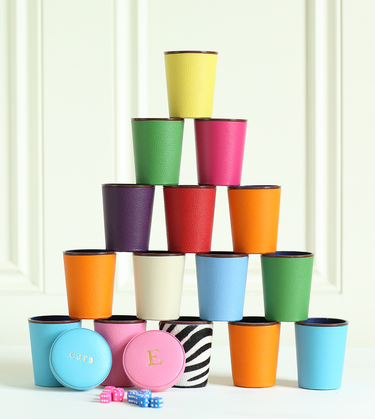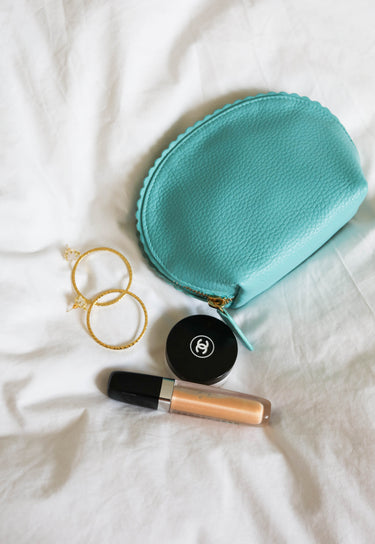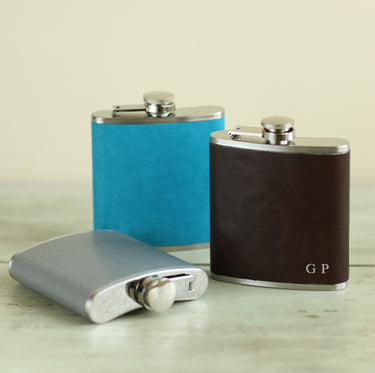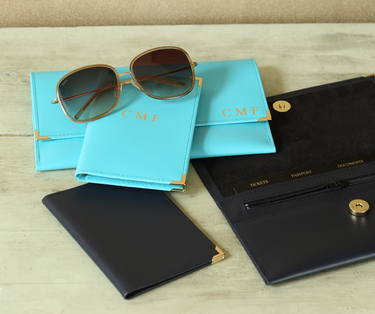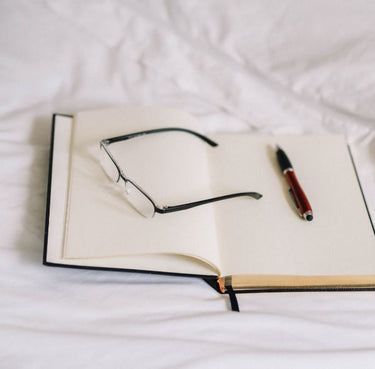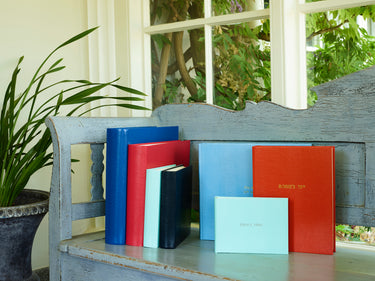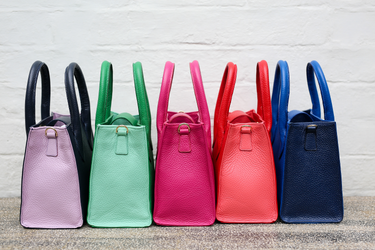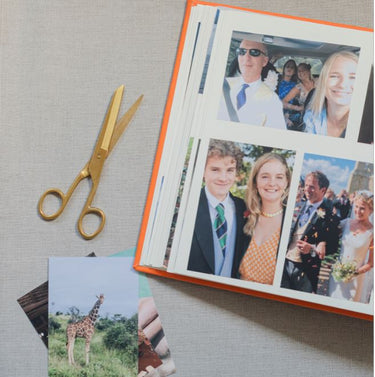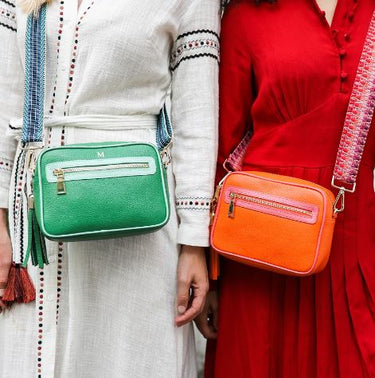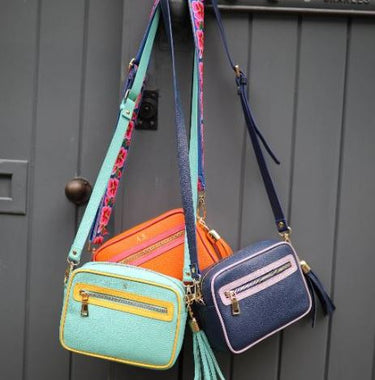The Origin of Vintage Board Games and Card Games

For many of us, board games and card games have been a big part of childhood - whether as a go-to activity on family holidays or when typically stuck inside keeping out of the glorious Great British weather.
For others, these games may only have been introduced to life as a result of lockdown when desperately seeking new forms of entertainment after exhausting the contents of Netflix or Amazon Prime.
Either way board games and card games, despite the many technological advances since their invention, have continued to be a popular form of entertainment for people all around the world since evidence of the first known board games were discovered from 5500 years ago.
In recognition of the celebration of Kynren this month – a festival that showcases 2000 years Britain’s history – this article will discuss a list of board games and card games, and the history of board games and card games.
The following list of British board games and the origins of playing cards are all games which can be found at Noble Macmillan in-store and online.
Chess
It is clear that games such as this have been part of British culture for some time. In the English Heritage’s collection alone, they have 689 gaming counters and 11 fragmentary gaming boards found in forts and towns along Hadrian’s Wall. The origins of chess trace back to an Indian game of war from 7th century AD called ‘chaturanga’ where winning was based on one piece – just like the king in modern chess.
Due to the game’s immense popularity the game spread across the world and into Europe by way of Persia, the Byzantine Empire, and the Arabian Empire. Naturally as the game spread East, North and West, through different cultures, it took on different characteristics from each region it passed through. For example, some of the earlier pieces weren’t so widely recognised by Western audiences, including the Persian ‘RUKHK’ (rook) - originally a fortified chariot depicted by a V-shape notch on a rectangular block.
Over time the material the pieces are made from has also changed, a typical modern chess set is made from wood, whereas early chess pieces were found made of bone (whale, ox, or sheep), antler, ivory, jet, as well as wood. The design of the board itself alternated between the ornate and simple since chaturanga, and the shape of the pieces evolved into set of animals, warriors and noblemen.
In the UK the norm for a modern set came about around 1835 with a design by Englishman, Nathaniel Cook. This design is what we recognise as a standard chess set today, with what is known as the ‘Staunton pattern’ as endorsed by the ‘world’s best chess player’, Howard Staunton.


Backgammon
Not only is it a best-seller at Noble Macmillan, but alongside chess, backgammon is thought to be one of the oldest games in existence. It is believed to be around 500 years old, and although we may see it as one of the best British board games, it is also believed to have originated from Mesopotamia – where we now know as Iraq.
There's been other games closely affiliated with backgammon which use the same board such as, ‘Senet’ and ‘Mancala’. It was the Romans that really made the game popular with their version which they called “Duodecum Scripta et Tabulae”, or ‘Tables’ for short. Art and literature has for a long time been a great way of deducing how long such things have been around for. For example, frescoes in many Roman villas depict the game being played, the game is also mentioned by Shakespeare in his ‘Love’s Labour’s Lost’.
Tracking back through art and literature, it was in 1645 that the word backgammon first appeared. Although uncertain, it is likely that the game’s name came from Middle English where ‘baec’ means ‘back’ and ‘gamen’ means game. The game remained popular through to the Victorian times when playing backgammon was in vogue as the entertainment at weekend parties in country homes.
When the game’s popularity faltered in the early 1920s greatly due to its lengthiness and difficulty to wager, then came the invention of doubling in order to double the steaks of the game and make it more interesting… And so came the game’s revival.

Playing Cards
The vast variety of games that can be played with varying numbers of players and in multiple different contexts means that a pack of playing cards has become a household staple and family favourite for many when it comes to entertainment.
Their versatility means that they are also a crucial part of many of the best British board games, but since when have playing cards been enjoyed and from where do they originate?
A modern deck of cards is made up of 52 cards, 4 suits either red or black, and 2 jokers. However, naturally this has not always been the case – there have been many radical changes over the centuries.
Although, it is uncertain where the exact origin of playing cards was, like the previous games they are thought to have come from somewhere in the East. As for the ‘when’ they came from, there is evidence showing their use in Europe as far back as the late 1300s and early 1400s.
As playing cards became popular and spread from region to region their style greatly influenced by where they were produced. It was in 15th century France where the icons were developed for the suits we use today. Prior to these suits, particularly in western Europe, the icons varied from wildlife to kitchen utensils! Some historians believe that the French developed the clubs from the German use of an acorn.
When playing cards first became popular in Western Europe, they were hand-painted, luxury items only afforded by the upper classes. Due to their popularity, faster methods of production were explored to make they cheaper and more widely available.
Eventually with the invention of the printing press and its great development in France, it asserted the French dominance in the market and consequently the spread of their suits throughout Europe.
At Noble Macmillan we have a variety of traditional playing cards. From our luxurious and decorative leather card boxes (pictured below) to our fun individual card sets designed in collaboration with artist, Jakki Doodles.




